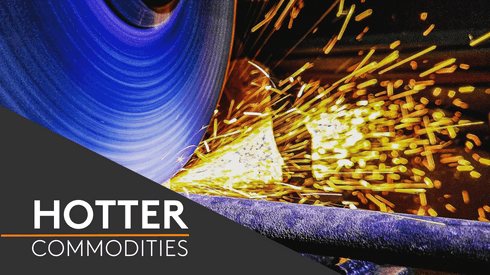Market participants across the battery value chain have noted the lack of clarity in the Act about which materials will qualify for the financial incentives it offers, specifically relating to materials’ origins.
The IRA was passed in August 2022 and is part of a broader move among participants in Western supply chains to localize their inputs and to reduce reliance on China.
The Act was the topic of much conversation during Fastmarkets’ recent Lithium Supply and Battery Raw Materials conference in Las Vegas, US, on June 20-22. During a panel discussion on the scope of the IRA, delegates highlighted the differences between the approaches taken by the US and the EU.
This difference was also visible in the priorities among consumers. Fastmarkets has previously reported on the divergence of priorities among consumers in each region, with Europe typically more focused on sustainability, while US consumers prioritize regulatory compliance.
This prioritization was due to the significant financial benefits available to those able to meet the requirements of the IRA.
The central point of confusion for market participants concerned Section 45X of the legislation, which offers tax credits to battery manufacturers if they use raw materials sourced from within the US or from countries that are US free-trade partners.
The uncertainty was about the point in the supply chain at which these raw materials must be sourced from within the US or from free-trade partners.
“It’s difficult to commit to a set approach [to material sourcing] because it’s still unclear where the line is drawn [by the legislation],” one consumer told Fastmarkets.
While some have interpreted the legislation to mean that material must be sourced from either mining or recycling within one of the relevant countries, others have interpreted the legislation to refer to precursor cathode active material (pCAM).
This second interpretation can be seen in recent industry announcements. For instance, in May, it was announced that South Korean producer POSCO Holdings would be entering a joint venture with Chinese raw material producer CNGR to produce pCAM material in South Korea.
According to the Yonhap News Agency, POSCO said that the materials would comply with the US’s IRA material guidelines.
But CNGR’s current production sites are in China and Indonesia, according to the company’s website. Neither of these countries has a free-trade agreement with the US, although Indonesia was reported to be seeking one. Because the pCAM material is produced in South Korea, however, it could still qualify within the scope of the IRA.
“You’re going to see a lot of joint ventures between companies as they look to get round IRA regulations,” a second consumer said.
Regulatory premiums
There is a growing expectation among some sectors of the market that IRA-compliant material could attract a premium, in comparison with non-compliant material.
“We have to pay a premium if we want to be [IRA]-compliant across our supply chain,” a third consumer said.
Because downstream companies secure supply agreements with IRA-compliant producers, there is a sense that the availability of material could tighten.
No official premium levels have been announced in the market yet, and some consumers remained cautious about negotiating on such terms, but others were more willing, pointing to the financial incentives.
“Although the price is higher overall, [because of the tax incentives] both we and our consumers get a better deal overall,” the third consumer said.
Such premiums would require a broader consensus, however, as well as certainty within the market about the compliance of different materials.
Keep up to date with the latest news and insights on our dedicated battery materials market page.





